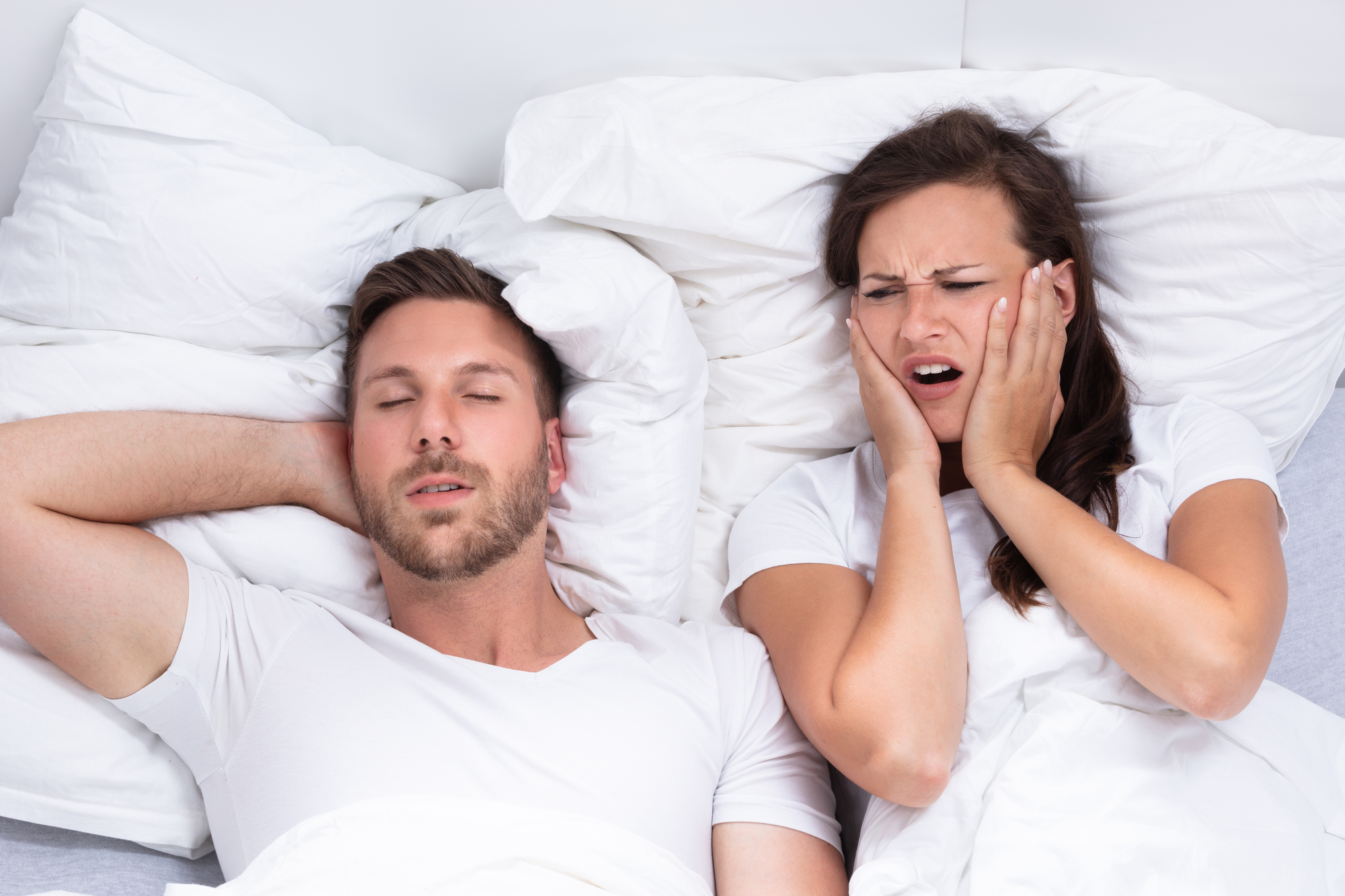
Sleep apnea is a medical condition distinguished by multiple extended pauses in breath during sleep. These temporary lapses in breathing cause lower-quality sleep and decreases oxygen levels throughout the body. Because of sleep apnea’s prevalence, knowing what is true and what is not is essential. Here are four popular myths about this common sleep disorder:
1. I snore, so I must have sleep apnea.
Snoring is quite common, and an estimated 57% of men and 40% of women do it. Even though snoring can be a symptom of obstructive sleep apnea (OSA), it does not always signify it. Snoring occurs when air is restricted through the airway as people inhale and exhale in their sleep. When the airway is narrowed or partially blocked, the upper airway tissues vibrate (which causes the snoring sound).
In addition to OSA, some other common causes of snoring include:
- Head and neck anatomy (such as a deviated septum)
- Chronic nasal congestion (due to allergies or infection)
- Upper airway inflammation (due to smoking)
- Relaxed muscles (from alcohol and sedatives)
- Sleep position (laying on your back typically intensifies snoring)
- Being overweight
- Older age
- Hypothyroidism (thyroid hormone deficiency)
People who suffer from sleep apnea pause breathing up to 400 times throughout the night, and breathing commences again (typically signified by a loud snort). A home sleep study can help people understand their sleep patterns so that their team of medical professionals can diagnose and consider the next steps for treatment.
2. Sleep apnea is not a big deal.
Sleep apnea affects breathing, which means the body is not getting enough oxygen as it needs. This sleep disorder can negatively affect the body and mind and is linked to developing complications, such as an increased risk of developing:
- Daytime fatigue
- Hypertension (high blood pressure)
- Heart problems (recurrent heart attack, stroke, and abnormal heartbeats)
- Low blood oxygen
- Type 2 diabetes
- Metabolic syndrome (which is associated with an increased risk of heart disease)
- Nonalcoholic fatty liver disease
Also, sleep apnea not only affects the sufferer but bed partners as well. Loud snoring can keep people sleeping nearby from getting a good night’s rest.
3. Only the elderly suffer from sleep disorders.
While the likelihood of developing sleep apnea increases with age, it can affect people of all ages. Contrary to popular belief, OSA is common in young people and affects up to 10% of children. Although most pediatric sleep apnea cases present mild symptoms, consequences of untreated sleep apnea include an increased chance of developing:
- Cardiopulmonary disease
- ADHD (attention-deficit disorder)
- Behavioral issues
- Poor academic performance
Thankfully, many children eventually outgrow signs of sleep apnea.
4. Surgery is the only way to correct OSA.
For some, surgery may be able to cure OSA. For example, a child with large tonsils that block their airway may benefit after a doctor removes them. However, surgery is not suitable for everyone. Healthcare professionals typically consider surgery a last resort and may suggest losing weight or lying on your side when you sleep to reduce symptoms.
Another proven method to lessen sleep apnea symptoms for a better night’s sleep is to visit a sleep dentist. Dr. Timothy E. Mickiewicz and his team help patients in Sacramento, CA, have more high-quality sleep with custom-fitted oral appliances. Schedule a consultation with Dr. Mick by calling 916-469-9178 or messaging us online right now.


